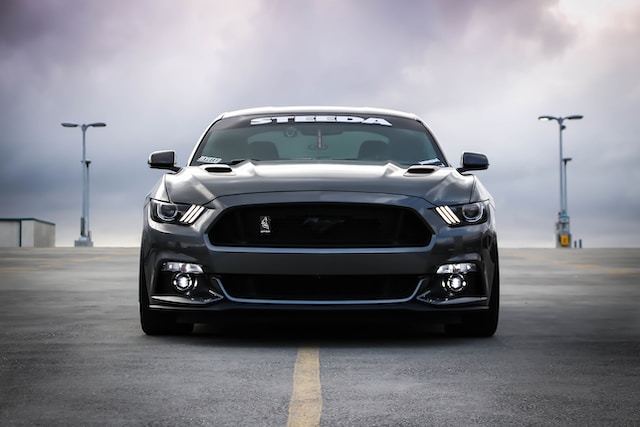Many major automakers are gradually abandoning classic gasoline and diesel engines, converting their models to electric propulsion. For example, in Europe and the U.S. local authorities are planning to ban the sale of vehicles with traditional internal combustion engines in less than 15 years.
Electric cars appeared before cars with internal combustion engines. The first successful experiments with vehicles powered solely by electric energy took place as early as the first half of the 19th century. And at the beginning of the 20th century, electric cars became widespread, surpassing gasoline-powered cars in popularity. For example, between 1900 and 1910, more than 40 percent of the cars that drove on U.S. roads had electric units.
However, the rapid development of the oil industry and improvements in internal combustion engines led to the long neglect of electric cars, whose weaknesses were low range and the complicated process of recharging the batteries. Interest in environmentally friendly cars returned only in the 1970s amid a sharp spike in fuel prices.
Now electric cars are in their third youth and interest in them seems only to grow. Global sales of zero-emission vehicles are increasing every year. For example, in September 2021 an electric car for the first time topped the rating of the most popular models in Europe – the Tesla Model 3 for one month has sold 25.6 thousand units and surpassed such traditional leaders as Renault Clio, Dacia Sandero and Volkswagen Golf in sales.
In the future, the popularity of electric cars will only grow. Due to the tightening of environmental regulations, more and more manufacturers are converting their models to electric power. In the next 10-15 years a number of major companies are planning to remove traditional combustion engine vehicles from their lineup. For example, after 2025, Jaguar will switch to electric motors, and five years later Volvo will follow suit.
In the same 2030 Renault will completely refuse from petrol and diesel cars. Audi will switch to electric cars and will release its last car with a classic powertrain in 2033. In addition, General Motors and Ford are preparing a global electrification of their model lineup for Europe. Finally, South Korean Hyundai and Kia will stop selling internal combustion engine vehicles in Europe by 2035.
How electric car works and why it is simpler
Electric cars use an electric motor instead of the classic internal combustion engine, which is structurally much simpler than an internal combustion engine as it contains fewer parts and mechanical connections.
A traditional electric motor consists of a stationary part, the stator, and a moving component, the rotor. When connected to the mains, a circular rotating magnetic field is generated in the stator, which penetrates the rotor winding and induces an induction current in it. A torque is then generated, driving the rotor in motion. The electrical energy supplied to the windings is converted into mechanical rotational energy. As a rule, a one- or two-stage planetary gearbox is used as the transmission, the principle of operation of which is similar to the classic automatic gearbox.
The power source is rechargeable batteries, which on the latest vehicles can provide autonomous travel up to 1,000 kilometers (for example, the Mercedes-Benz EQXX). Battery recharge time depends on battery capacity and the type and power of the charger – it can range from half an hour to several days.
The batteries in the first electric cars were short-lived, but with the development of technology their service life has increased significantly.


